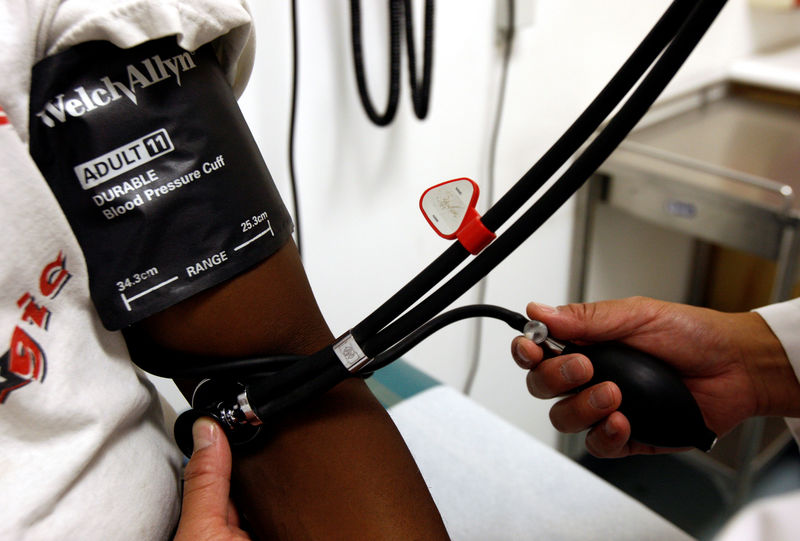By Geoffrey Smith
Investing.com -- The gold buyers’ strike finally ended on Thursday as rising concerns about the coronavirus, which had weighed on risk assets all week, finally lent support to havens.
By 11:30 AM ET (1630 GMT), gold futures were up 0.6% at $1,565.75 a troy ounce, a mirror-image of the decline in global stocks after China quarantined Wuhan and six cities nearby in an effort to contain the spread of the virus. Spot gold was up 0.5% at $1566.38.
The measures came on the eve of the week-long Lunar New Year holiday in China, the peak travel season in the country. The traditional seasonal spike in consumer spending now appears more than a little vulnerable to public health measures clamping down on official celebrations, which may make the next couple of months of Chinese data more than usually difficult to interpret.
Copper futures, a rough proxy for risk assets, fell 1.8% to a seven-week low as fears grew for demand from the world’s biggest consumer.
Gold prices were supported, as normal, by falling bond yields, as both classes of haven benefited from inflows. U.S. 10-Year Treasury bond yields by five basis points to their lowest since early December.
The news from China combined with some weak-looking earnings reports to stop this week’s rise in stocks and prompt more caution. Global consumer giant Procter & Gamble (NYSE:PG) warned that the dollar’s strength had continued to weigh on its reported earnings in the quarter, and the dollar index, which tracks the greenback against a basket of currencies, rose to its highest this year in response to the Chinese news.
Earlier, European Central Bank President Christine Lagarde was coy about the possible impact of her review of the bank’s monetary policy strategy on interest rates and was careful not to talk up signs of a recent stabilization in eurozone confidence.
However, a statement on the review's parameters, released by the bank later, conspicuously included a reference to the “possible side effects” of current monetary policy tools, which some took as a concession to the German-led minority on the council that is opposed to any further easing.
The Indonesian central bank left its key interest rate unchanged for the third month in a row, after cutting it four months in a row earlier in 2019.
Elsewhere in precious metals, silver futures failed to get any benefit from the uptick in gold, losing 0.1% to $17.81, while platinum futures fell 1.1% to $1,010.25.
